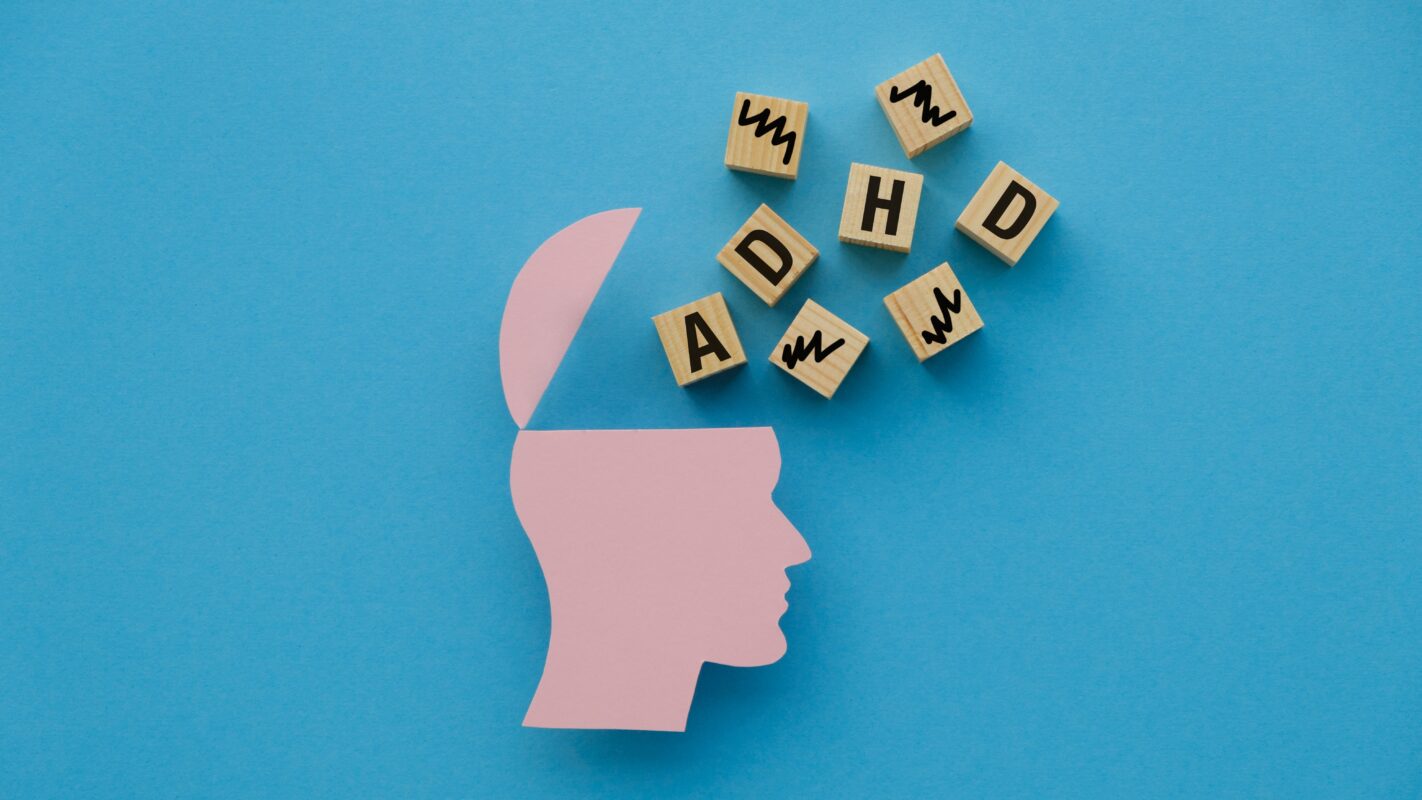Do you know someone who is loud? We all do—but “loud” is a relative term. The human auditory system can handle loud sounds up to approximately 120 decibel sound pressure level (dB SPL) before immediate harm occurs. But no one really wants to hear anything THAT loud. Keeping that in mind, below is a list of the loudest animals in the world ranked least to most noisy. You may want to take appropriate measures to avoid them (which is not difficult for most of them). Remember, there are several other species (hyenas, elephants, etc.) who are quite competitive in the loudness arena.
Howler monkey, which can be found in southern Brazil, Paraguay, eastern Bolivia, and northern Argentina, has a very appropriate name. They’re grumpy and they want everyone to know it. Their howl is typically about 90 dB SPL.
Lesser water boatman, smaller than a pea, can be found in ponds, lakes, and streams all over the world—including the United States. You do not want to know how they (the male) make their very loud sound, but it can reach up to 99 dB SPL.
The domesticated dog, your pet and mine, has a bark that can reach 113 dB SPL. But the only time it will seem that loud to you is if you are literally right next to them—which of course, we usually are!
A lion roars for many reasons, to signal their territory, alert distant pride members, when hungry, and when in danger (to name only a few). They can do this due to the size of their extremely large vocal folds. Although their roar is as similarly loud as our dogs, it is unlikely you’ll be close enough to one to get the full effect—114 dB SPL.
Greater bulldog bat, while using echolocation, can make sounds up to 140 dB SPL. To put this into perspective, your home smoke detector rarely tops out at 100 dB.
Tiger pistol shrimp, again, aptly named, are only 4–5 cm long. They smash their claws together to make a noise, thus earning them the loudest animal award (for land dwelling animals) at 210 dB SPL. The sound they make, of course, sounds like (but is louder than) a pistol firing.
Sperm whale generates sound with their nose which are repeated patterns of clicks. This sound is the highest SPL ever measured from any animal at a whopping 233 dB SPL! Under water, however, the sound is only about 130 dB SPL. Still too loud for human ears, but who regularly swims with whales?
Our final animal, although not the loudest, is the most annoying. The Australian Lyrebird can mimic car alarms, chainsaws, and the human voice (and many other sounds). (Recall a “Jabberjay” or “Mockingjay” from the Hunger Games Trilogy.) They combine what they hear with their own songs—creating the most annoying sounds in the world, but they only top out at around 90 dB.
Reference
Cutmore J. (2023) The loudest creatures in the animal kingdom: In pictures. Science Focus. (accessed March 31, 2023).
Recent Posts
Attention-Deficit/Hyperactivity Disorder in Adults
Ashman and colleagues (2025) recently published a report that examined health center visits by adults who had a diagnosis of ADHD. These authors used data…
Volunteer Spotlight: Batoul Berri, AuD
What is your background in audiology? I am a pediatric and vestibular audiologist at University of Michigan-C.S. Mott Children’s hospital. I have been practicing for…
What Breakthroughs Are Coming to AAA 2026?
AAA 2026 will be delivering some of the most timely, innovative, and practice-shaping content in audiology in San Antonio. This year’s Featured Sessions will spotlight…


